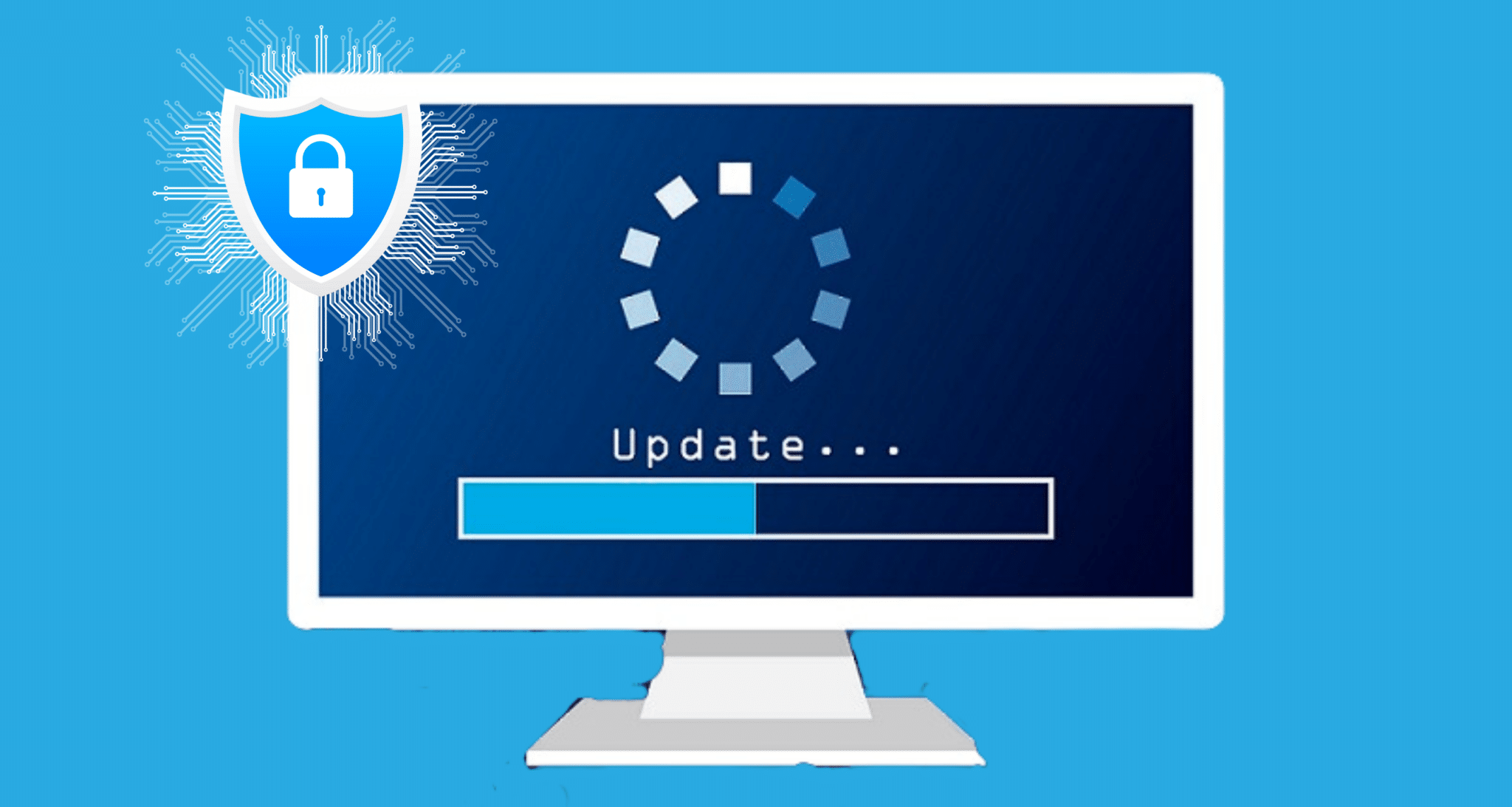- Packet Filtering:
- Firewalls use packet filtering to examine data packets and make decisions based on predefined rules. These rules can include criteria such as source and destination IP addresses, port numbers, and the protocol used.
- Stateful Inspection:
- Stateful inspection, also known as dynamic packet filtering, tracks the state of active connections and makes decisions based on the context of the traffic. This helps prevent unwanted traffic from entering the network.
- Proxy Services:
- Firewalls can act as proxies, forwarding requests and responses between internal and external systems. This adds an additional layer of security by hiding the internal network structure and IP addresses from external entities.
- Network Address Translation (NAT):
- Firewalls often use NAT to modify network address information in packet headers while in transit. This provides a level of anonymity and enhances security by making internal IP addresses inaccessible from the outside.
- Application Layer Filtering:
- Firewalls can inspect and filter traffic at the application layer, examining data payloads to detect and block specific types of content or applications. This is particularly important for blocking malicious content and preventing unauthorized access.
- Virtual Private Networks (VPNs):
- Firewalls often support VPNs, allowing secure communication over public networks. VPNs use encryption and authentication to ensure that data remains confidential and secure during transmission.
- Intrusion Detection and Prevention Systems (IDPS):
- Some modern firewalls integrate intrusion detection and prevention capabilities. These systems analyze network and/or system activities for malicious activities or security policy violations and can respond automatically to block or prevent detected threats.
- Logging and Auditing:
- Firewalls maintain logs of network traffic, which are valuable for analyzing security incidents, identifying patterns, and ensuring compliance with security policies. Regularly reviewing logs helps in identifying potential security threats.
- Updates and Patch Management:
- Regular updates and patches are essential for maintaining the effectiveness of firewalls. Security vulnerabilities are continuously discovered, and keeping firewall software up-to-date is crucial for protecting against emerging threats.
- User Education and Policies:
- While firewalls provide a critical defense layer, educating users about security best practices and enforcing security policies contribute significantly to overall network security.
In the digital age, where cyber threats are constantly evolving, firewalls remain a fundamental component of a comprehensive cybersecurity strategy, helping organizations protect their sensitive data and maintain the integrity of their networks.








